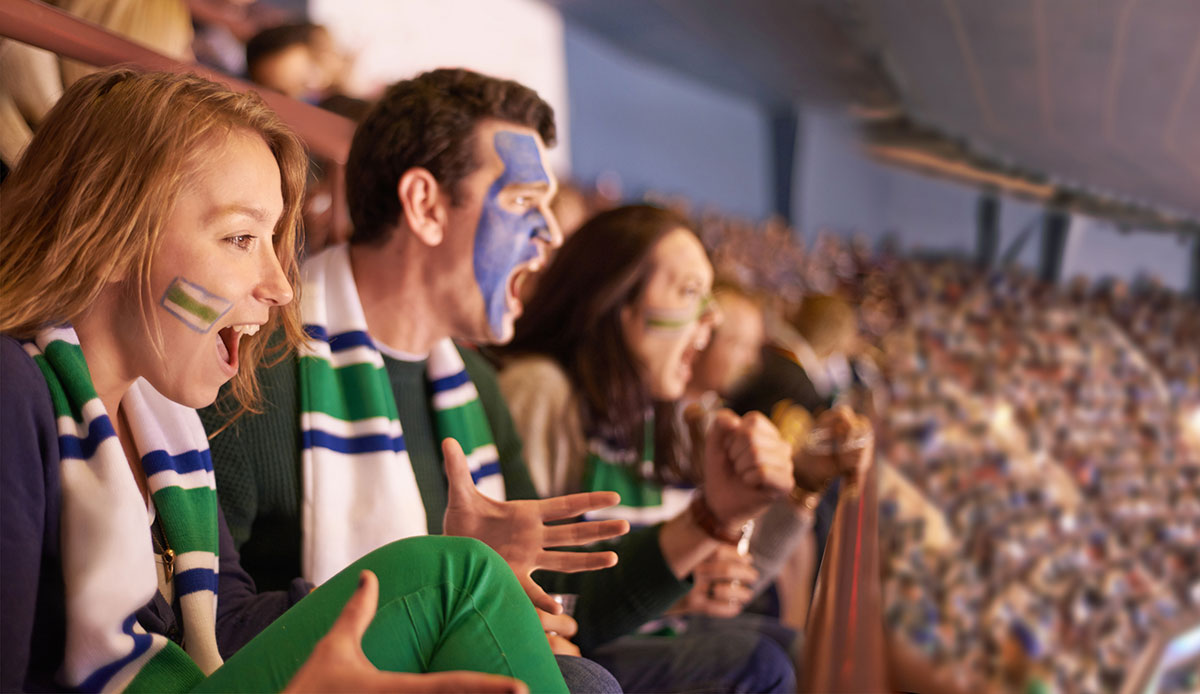The Value of a Better User Experience
A recent story in the Wall Street Journal talked about the new design and location of FC Cincinnati’s new stadium that is being developed, all of which has come about from user experience and listening to and knowing your fan base, not just for now, but for the future.
The piece talks about how the club has taken the point of view, echoed by Major League Soccer (who is involved in the design process of new facilities probably more than any of the other five leagues in North America) that the fan experience as it relates to soccer should be second to none. A section where fans will be able to stand throughout the game, wide concourses and areas for all sorts of digital engagement are now key, as is a downtown location, essential today as a younger and more urban fan base continues to move back to cities which were once thought passé. The urban sprawl of many markets may still exist, but it exists for those with larger families vs the core audience of younger engaged millennials and Gen X’ers who have become the lifeblood of MLS growth, especially in new locations.
The FC Cincy move is the latest for MLS clubs who once populated suburbs in places like Chicago and Denver and New England but are now moving back or building fanbases withing city footprints themselves. The Chicago Fire recently announced that they too will be moving back downtown in the future, and NYCFC continues to court locations within New York City, vs. suburbs in Westchester County and beyond.
Gritty, urban vibe is key for MLS probably more than any other league, and the listening to the wants and needs of core fans, which has sometimes fallen on deaf ears, is really important in making the user experience tantamount. There is some irony though in the Cincy choice, as for years Riverfront Stadium, since demolished, was the poster child for many of the cookie-cutter round stadiums of the 1970’s and ’80’s, when utility ruled over intimacy. The trend, not just in soccer but in sports like baseball as well, has certainly reversed course, and probably won’t be going away any time soon.
The value of creating these newer fan first venues isn’t a surprise; better user experience lends itself to more loyal fans who will spend more and build affinity to the team through thick and thin.
Loyalty, just like it is for brands, is really tantamount today, and the fan voice is louder than ever, through the channels of social media. The urban venue also builds itself more into the fabric of the community, and a stadium like FC Cincy will probably become a hub for get together’s and other nongame day events more than any isolated venue ever could.
Make it a year-round hub, and the consumers will come, and when they come they will bring more discretionary income than just showing up for soccer matches. That extra experience in and around the venue will also bring the club the ability to learn more about their followers with data coming from experiences that may not be soccer-related; the robust offering of new information will help refine the user experience across the board, and make the teams more closely linked, more informed and more proactive about what their fans want and need.
Now this isn’t to say that massive facilities and the land they need are loss leaders everywhere; The Dallas Cowboys have to build a massive engaged venue around what people have lovingly called “Jerry World,” and the Atlanta Braves are one of a number of teams that have gone more into the real estate development business, making the community around Sun Trust Park a year-round destination about 30 minutes outside of the city of Atlanta, where the team played for decades.
However for MLS, which needs the intimate setting at a controlled size (about 25,000) the choice to go downtown and bring the game to the location where the new generation of fans lives is a smart one. It will help boost interest, revenue, and affinity even when the pitch is not occupied, and that business pitch should be a sweet one to all involved in the business of sport.
A big score for all.

